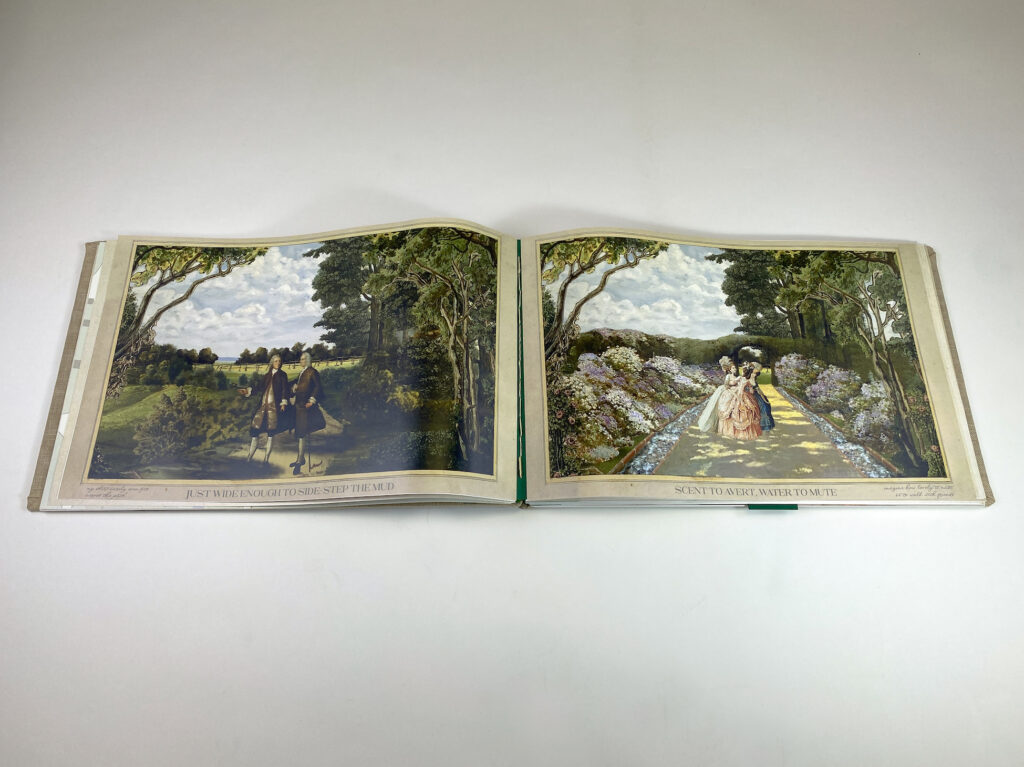
During the 18th and much of the 19th centuries, it was impossible for women to control their own property, buy or sell property, or inherit from their family. Coverture laws ensured that a married woman’s legal rights and obligations were taken care of by her husband. The 19th century saw the rise of women’s rights movements criticizing existing laws which hindered and oppressed many women from exercising their property rights and entering professions. Coverture was eventually cleared as women were given greater legal autonomy. Women and men were still not equal under civil law, but this did allow women to step closer to equality. But what would it have been like if these Acts had been passed 150 years earlier? What spaces would be required to allow women, both of wealth and the working class, to gather and discuss, or simply to rest? The project, Covert-ure, simply aims to create these spaces for discussion while masking them from the view of men. By making simple gestures in the landscape and constructing ways of camouflaging or masking spaces, wealthier women are given the opportunity to gather indoors and outdoors to discuss politics, the roles of women and day-to-day issues within their household and with their husbands while also offering spaces of rest and reprieve for working women away from their bosses. By utilizing a similar approach as to Humphrey Repton’s “Red Books,” Covert-ure is an interactive book of drawings intended to look as if it were handed to the Lady of the household herself to be implemented at Stowe. Before and after drawings are viewed via flaps revealing new designs as well as vellum layered overtop of images to show the changes made only for workers eyes to see. Text in Italic = for the Lady of the household Other Text = Intended to be focusing on the readers, authored and spoken by the designer herself